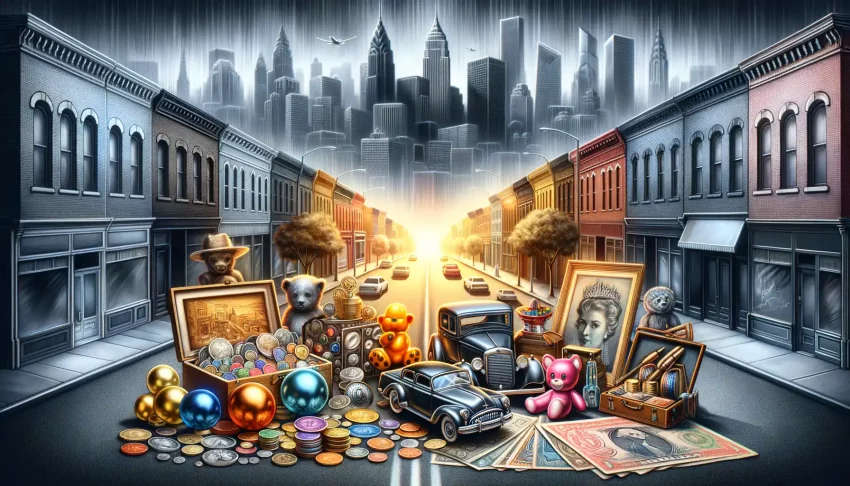Understanding the Relationship Between Economic Recessions and Collectibles
The Curious Connection Between Tough Economies and Coveted Treasures
Picture this: the economy takes a nosedive, people tighten their belts, and uncertainty hangs thick in the air. Now, you’d think luxuries like collectibles would lose their sparkle, right? But here’s the twist—when wallets shrink, the allure of rare coins, vintage art, or signed memorabilia actually grows. Why? It’s not just nostalgia, it’s strategy.
Recessions spark an emotional and financial shift. First, there’s comfort in tangible assets. Stock markets might wobble, but a well-preserved 1952 Topps Mickey Mantle card? That’s solid gold (well, metaphorically). Second, history shows us that collectibles can act as a hedge against inflation, their value often marching upward while other investments falter.
The Role of Scarcity and Sentiment
Scarcity adds fuel to the collectible fire. When times are tough, more individuals hoard treasures like classic stamps or limited-edition comic books, reducing market supply. Combine that scarcity with sentiment—childhood memories, cultural significance—and you’ve got a recipe for rising demand.
- A limited-edition Rolex? Timeless status symbol.
- A rare first-edition book? A portal to simpler days.
- Handcrafted porcelain figurines? History and artistry encapsulated.
It’s part logic, part heart—a compelling cocktail that turns collectibles into prized assets during economic storms.
Why Collectibles Become Attractive Investments During Recessions
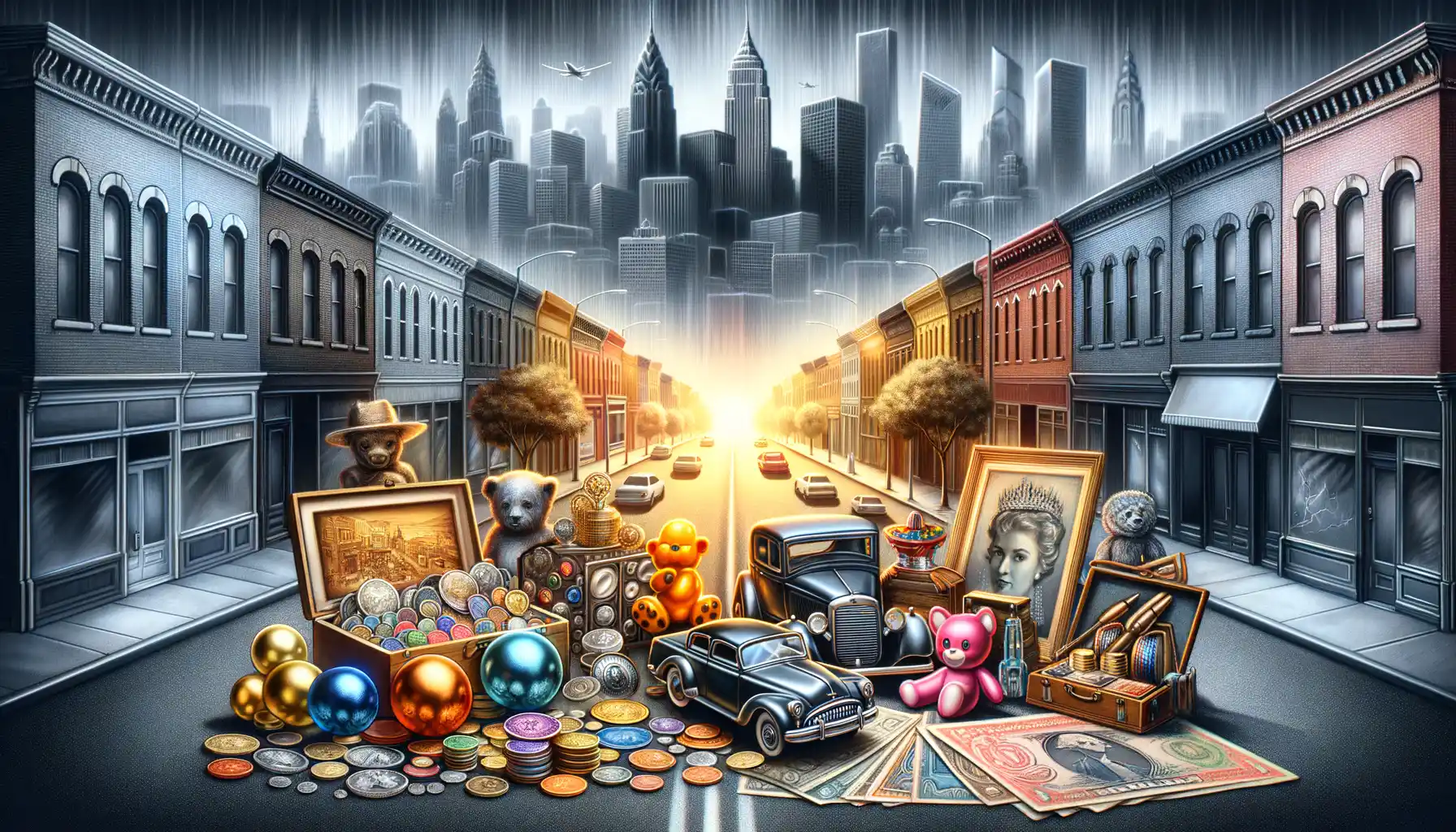
Why Emotions and Tangibility Matter in Tough Economic Times
Picture this: the stock market is a rollercoaster ride, housing prices are unpredictable, and traditional savings accounts feel like they’re barely inching forward. What do people crave in moments like these? Stability, nostalgia, and tangible value.
Collectibles—whether it’s vintage comic books, rare coins, or limited-edition sneakers—offer something unique: they’re touchable, timeless, and deeply personal investments. When uncertainty looms large, turning to physical objects that hold cultural or historical significance feels grounding. Unlike stocks or bonds, collectibles can also carry emotional value. A 1959 Barbie doll isn’t just an asset; it’s a passport to childhood memories wrapped in bright pink packaging.
The Appeal of Limited Supply and Growing Demand
It’s a classic case of supply and demand. During recessions:
- People seek out items with lasting value, like rare baseball cards or antique furniture.
- Many collectibles boast limited production runs—meaning scarcity plays in your favor.
- As others enter the market, competition can drive prices upward.
So, why do collectibles shine? They combine emotional resonance, aesthetic appeal, and real-world value with that irresistible allure of rarity. Quite the trifecta for uncertain times, don’t you think?
Historical Trends in Collectibles Market During Economic Downturns
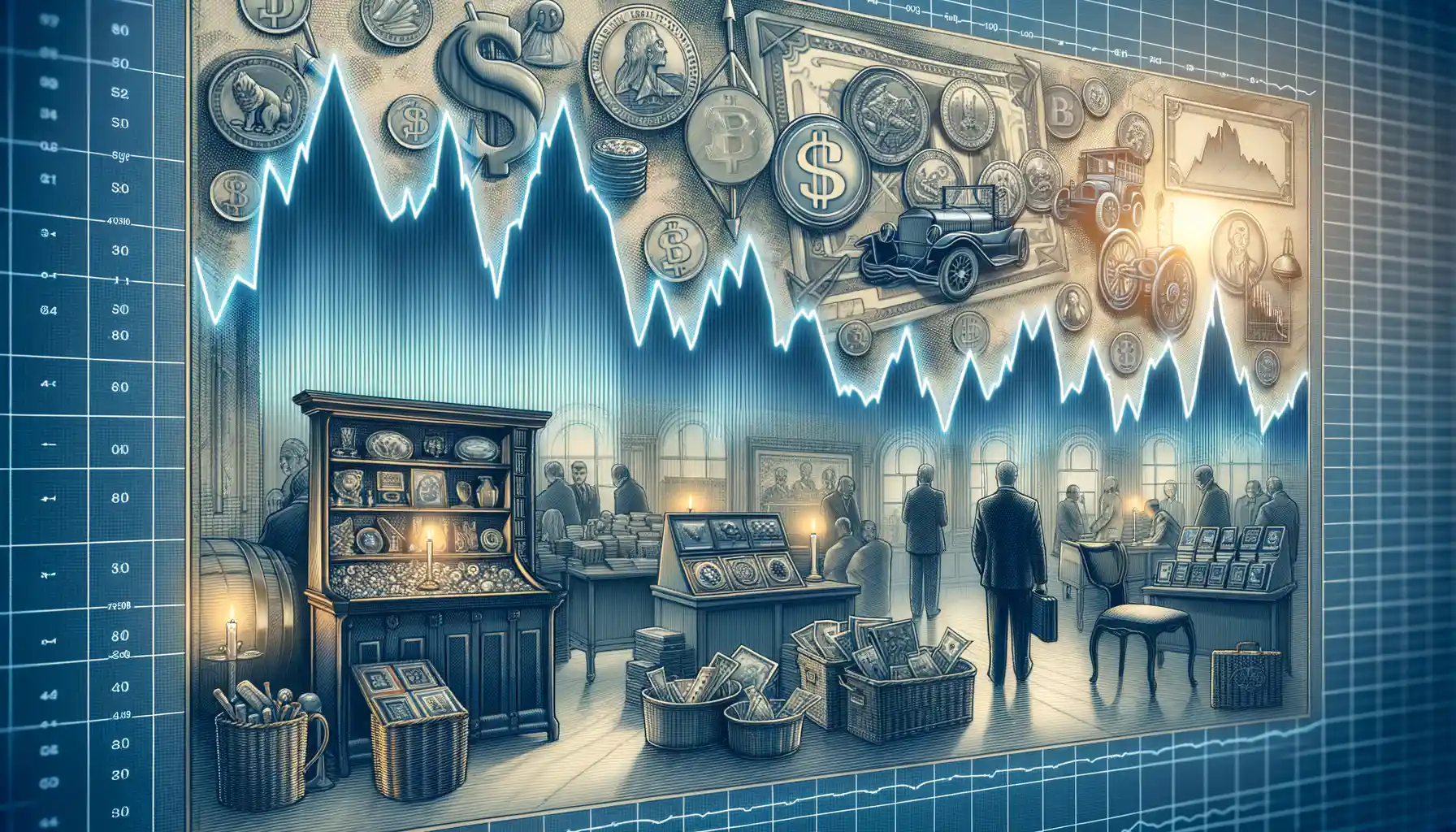
How Collectibles Shine When the Economy Stumbles
When the world feels like it’s spinning out of financial control, the collectibles market often becomes a surprising beacon of stability—and even growth. It’s not just a fluke; history has repeatedly shown that when wallets tighten, the desire for meaningful, tangible investments rises. Think about it: in uncertain times, a rare baseball card or vintage Chanel handbag may feel more reassuring than digits on a stock market app.
Let’s rewind to the 2008 financial crisis. While real estate and stocks tumbled, the market for certain rare coins, fine wines, and art pieces surged. Why? Because these items blend nostalgia with perceived safety. Even during the Great Depression, people sought refuge in collectibles like vintage stamps—symbols of permanence in a chaotic world.
And it’s not all big-ticket items. Some trends are downright quirky:
- Comic books saw spikes in value during the dot-com bubble burst, as adults revisited childhood heroes.
- Historical memorabilia, like WWII items, gained traction in the 1970s amid economic uncertainty.
There’s something deeply human about this behavior. Economic downturns make us crave connections to the past through objects that seem to hold their value longer than fleeting market whims.
Popular Types of Collectibles That Gain Value in Recessions
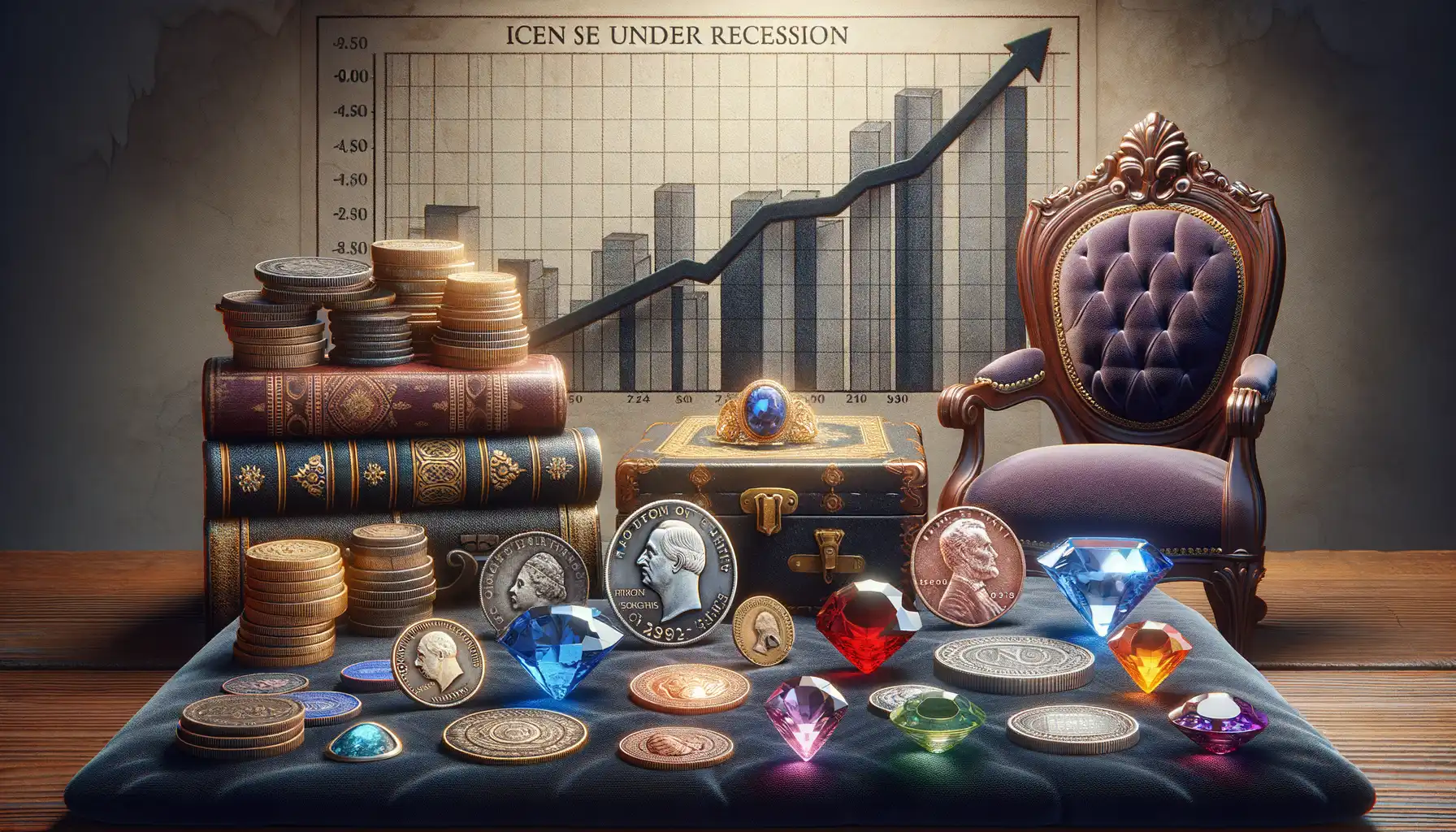
Timeless Collectibles That Shine When Times Get Tough
When the economy starts feeling fragile, certain collectibles seem to *rise like phoenixes* in value. Why? Simple—people turn to tangible, nostalgic, or rare items as a safe haven for their money. And let’s be honest, there’s something magical about holding a piece of history or art in your hands.
Take, for example, vintage coins. These aren’t just bits of metal—they’re snapshots of bygone eras. A gold Roman coin or a rare pre-1920s American penny can suddenly become the star of someone’s collection. Coins often resist inflation, making them a favorite during recessions.
And then there’s the undeniable charm of luxury watches. Brands like Rolex and Patek Philippe are basically wearable investments. Their scarcity and craftsmanship mean they tend to tick up in value when stocks are spiraling down.
- First-edition books: Imagine owning a first print of “The Great Gatsby” or “Harry Potter and the Philosopher’s Stone.” They’re not just pages—they’re cultural treasures.
- Rare art prints: Limited-edition lithographs or screenprints by masters like Warhol or Banksy retain their allure, even in rocky financial times.
But here’s the wildcard: classic toys and comics. Yes, that dusty action figure or pristine comic book could suddenly skyrocket in worth. Nostalgia is one powerful currency!
Strategies for Investing in Collectibles During a Recession
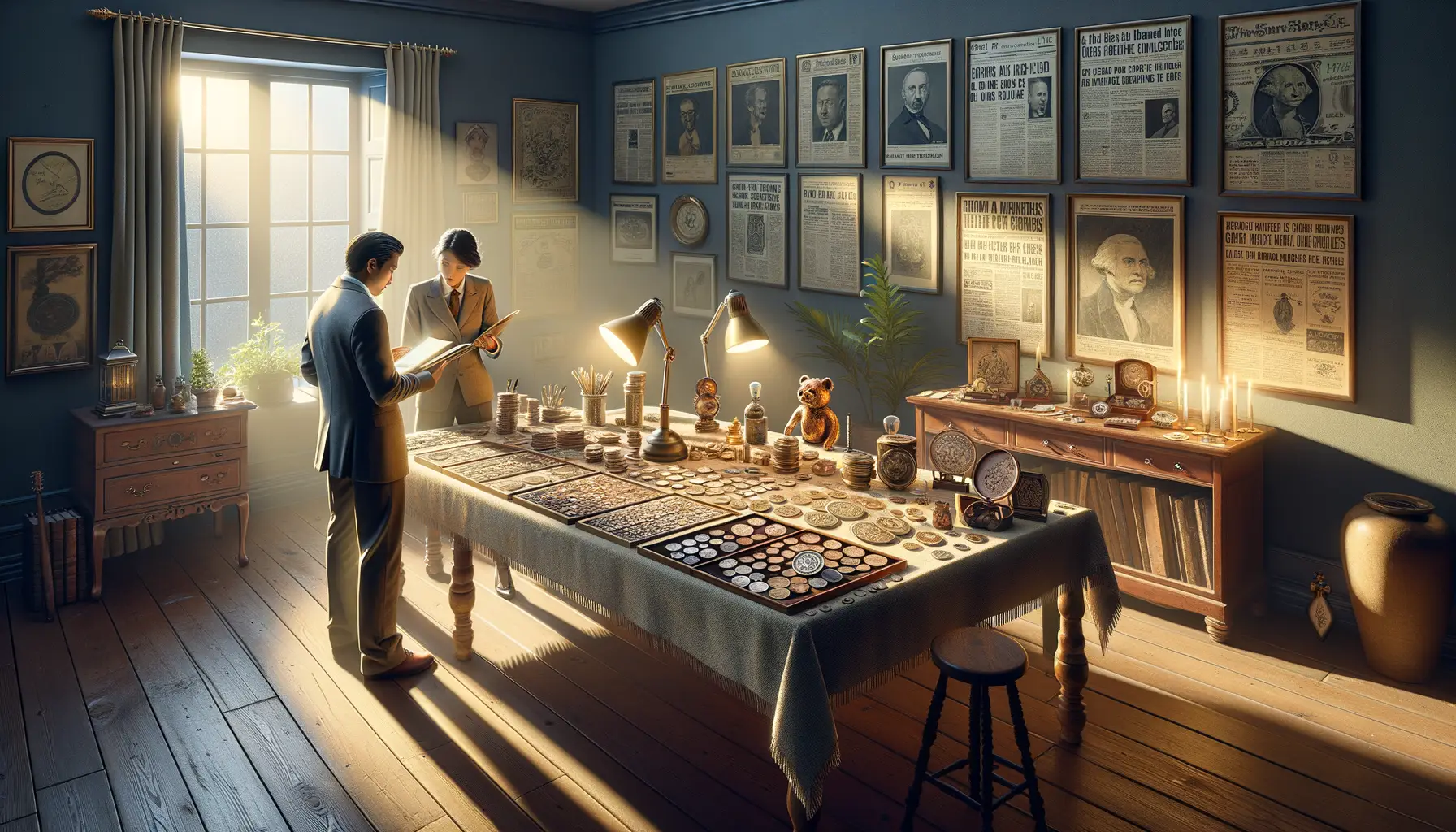
Think Like a Curator, Not Just an Investor
Investing in collectibles during a recession isn’t just about chasing trends—it’s about unearthing treasures with stories to tell. The beauty of collectibles lies in their charm and uniqueness. Ask yourself: what pieces spark nostalgia or admiration today, but might also hold their glow ten years from now? A vintage comic book, for example, that once cost a few dollars could double or even triple in value, particularly if it’s tied to a cultural icon like Spider-Man.
Navigate this market like a curator walking through an art gallery—study the provenance, condition, and rarity of items before you commit. For instance, an autographed baseball card with a slight crease may never scale in value like a pristine one. Patience is your ally, and knowledge is your weapon.
- Look for limited-edition releases or memorabilia tied to historical moments.
- Focus on timeless niches like rare coins, fine art, or luxury watches.
- Investigate the auction scene for pricing insights.
Start Small, Dream Big
You don’t need a billionaire’s budget to step into the collectible world. Start small. A carefully chosen vinyl record or first-edition book can be both affordable and promising. Take Jane, for example—a savvy collector who began with $100 and grew her portfolio of vintage toys into a five-figure investment after just a few years.
Remember, the key isn’t splurging blindly—it’s about making thoughtful choices. Scan local thrift stores, estate sales, or online platforms. Many hidden gems begin their journey in the most unexpected places.




